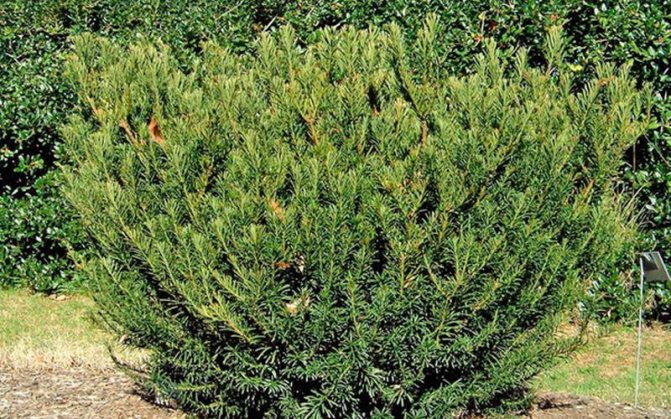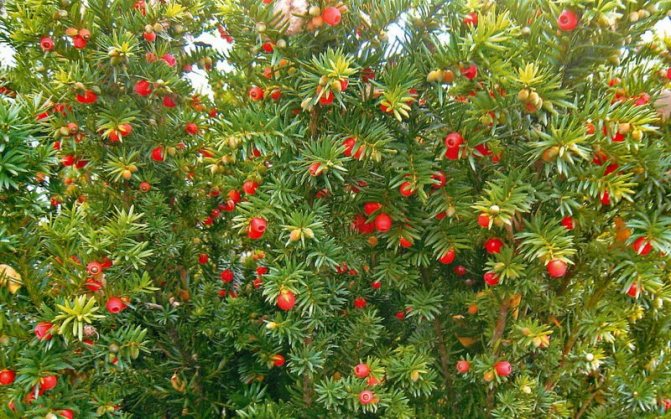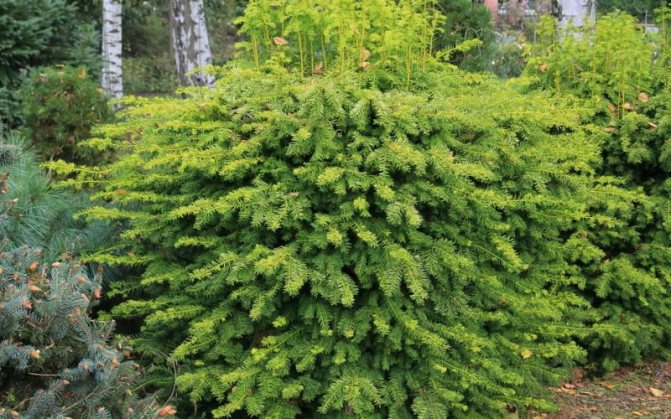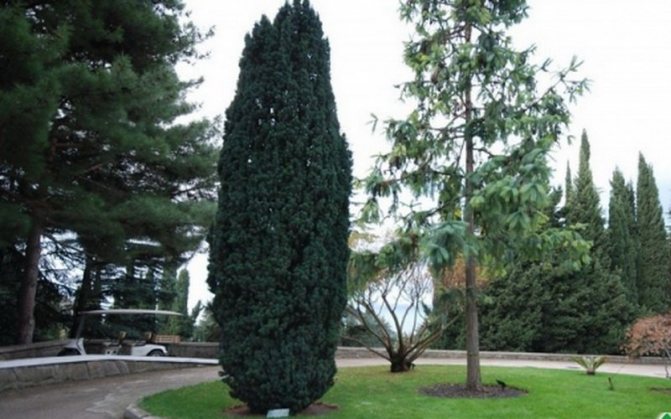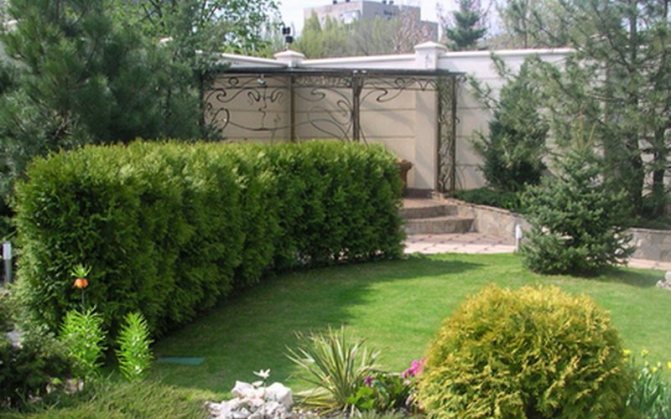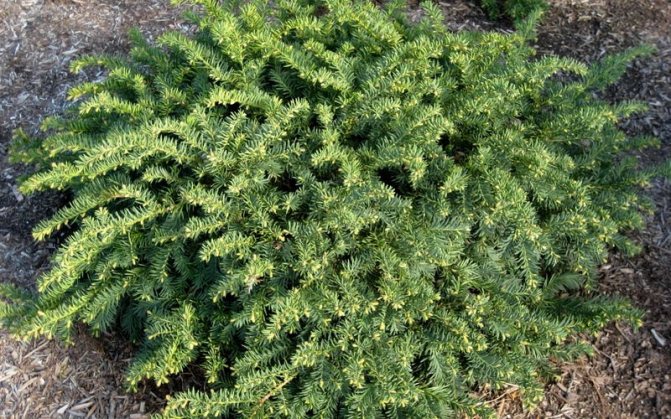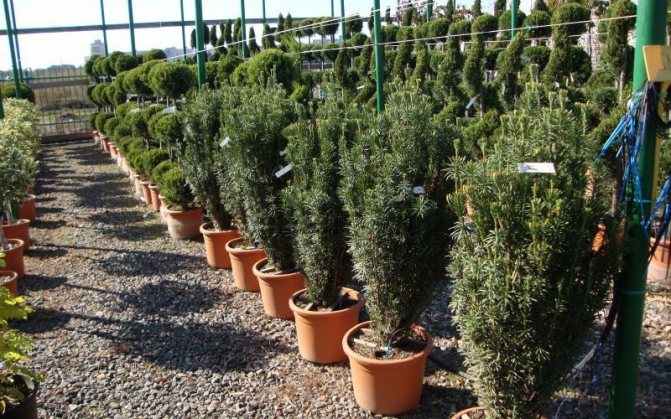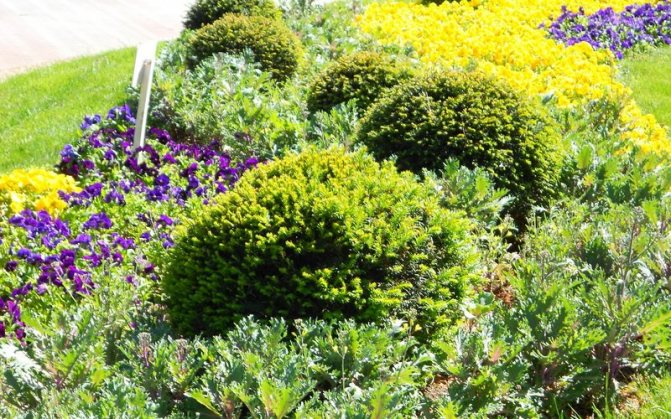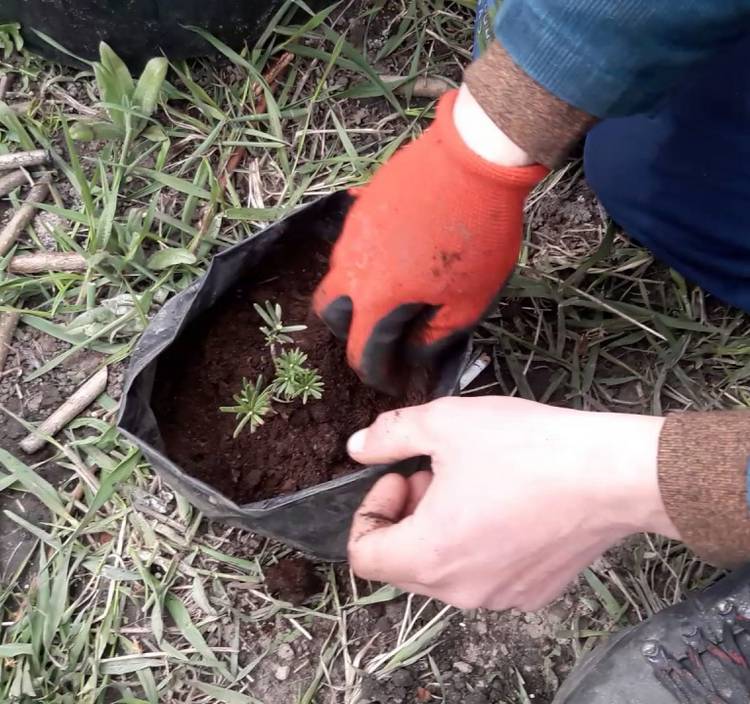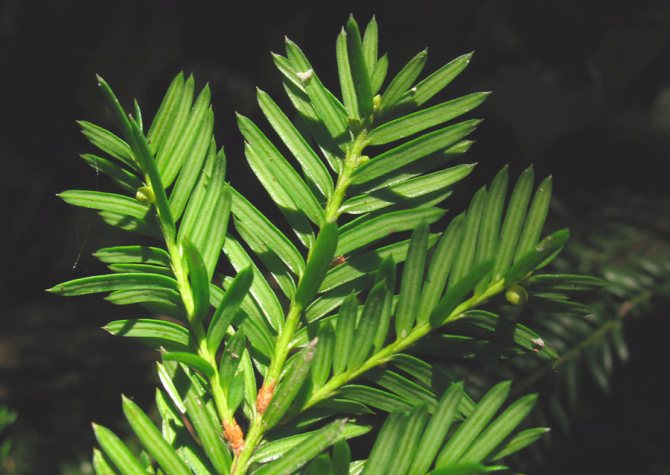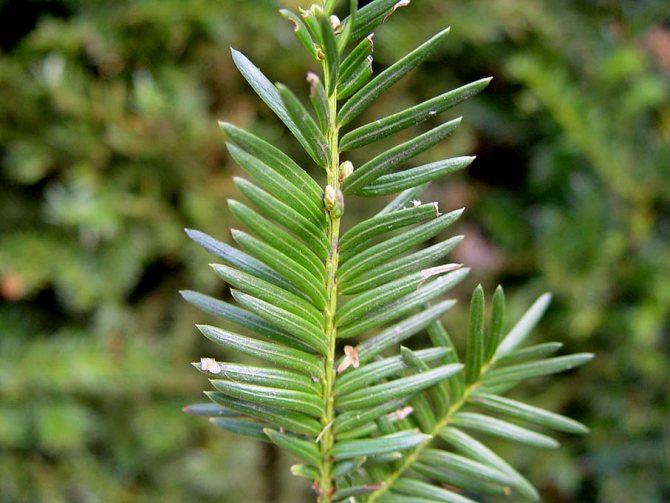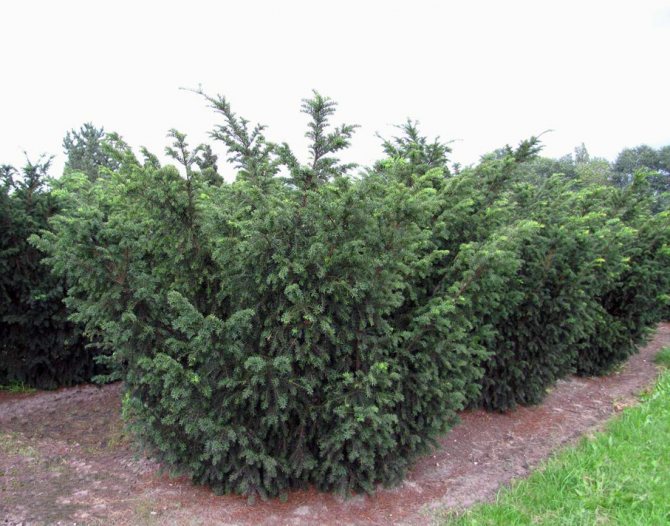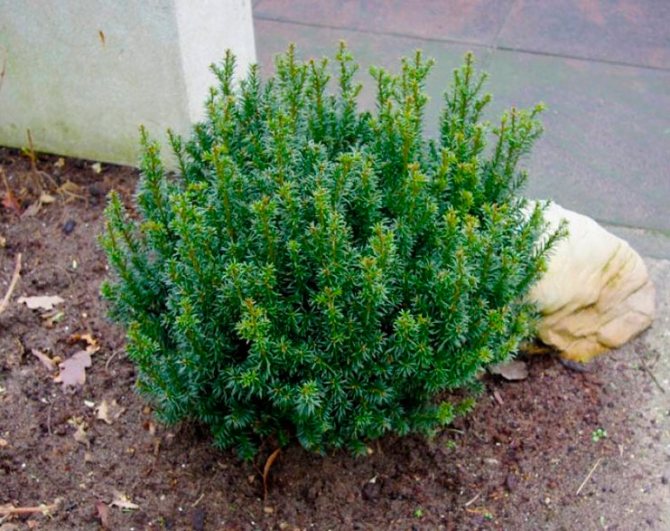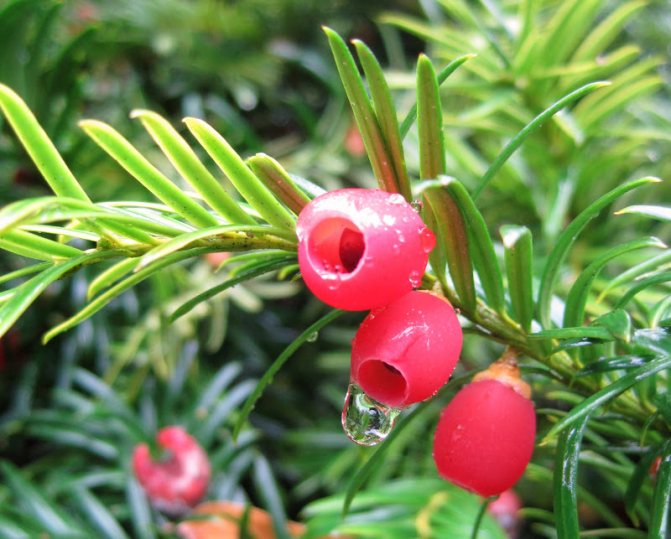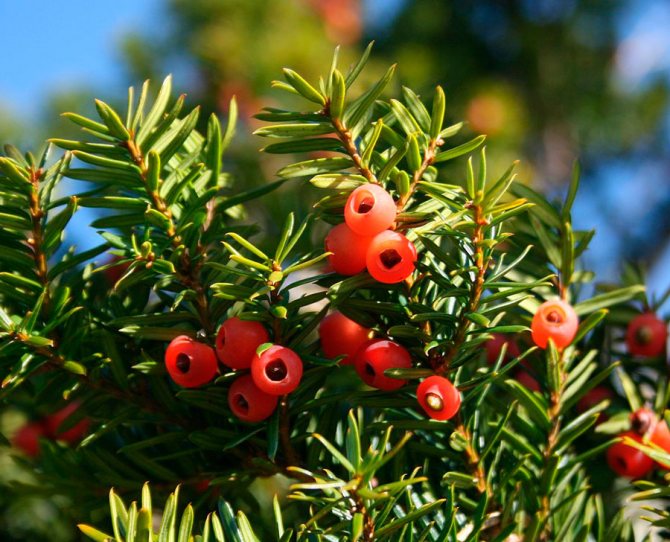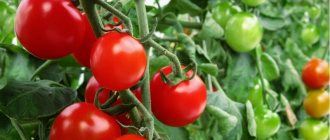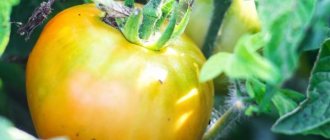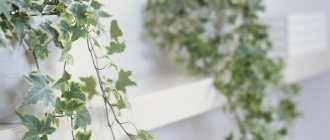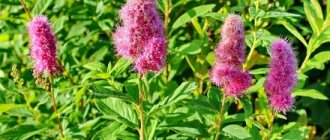
Greenery, mahogany, non-nutty, non-nutritive - these are the names of the berry yew among different peoples. For centuries, it has been valued for its wood, healing qualities and decorativeness - soft needles of green-light green color with bright berries between them can decorate any landscape.
One of the original features of the plant is its age - it can live for several thousand years. But in order to grow a long-lived tree, you need to learn as much as possible from it. In this each gardener will be helped by a few tips on what “likes and dislikes” the berry yew, a description and photo of the tree in combination with other plants.
Botanical description
Berry yew is a tree that grows to a height of 26-27 m, grows well in the shade on any soils with an alkaline or slightly acidic reaction. Young trees should be watered regularly every 30 days, and an adult yew requires watering only during dry periods.
Mahogany wood is dense, high quality, colored brown with a reddish tint. Shoots are straight, strong, covered with flat soft needles (the length of the needles is up to 3 cm). The color of the needles is soft green. Trees and shrubs of nonnigella species look so beautiful all year round. And in the last decade of April - the second decade of May, flowers appear on the shoots - small cones of light green color. By the beginning of autumn, these original flowers ripen and become pink berries with a red tint. Some varieties of mahogany have yellow berries.
Landing
When purchasing seedlings of yew berry in a store or nursery, you should pay attention to the general condition of the plant. The trunk and crown should have a characteristic color for the variety; the bark should not have wounds, cracks, wet spots. There should be no mold on the soil in the seedling pot.
Planting is best done in spring, in April-May, when the soil has warmed up enough, but is still filled with moisture. The distance between the yew bushes ranges from 50 cm to 3 m, it all depends on the size of the adult plant. For a hedge, seedlings are placed denser than usual.
The depth of the planting pit is 60 - 80 cm. The pit is filled with loose fertile soil mixed with a complex fertilizer for conifers (Kemira, Buisk fertilizers) at the recommended rate. The seedling is placed in a hole without deepening the root collar of the plant.
After planting, the yew is watered abundantly. The soil is mulched with pine bark or sawdust, peat.
Varieties and types of berry yew
Fastigiata
A perennial coniferous shrub of a columnar shape, reaching a height of 5.5-6.0 m, and in a radius of about 1.5 m.This coniferous perennial grows slowly, gaining a height of no more than 10-12 cm per season. In young shrubs the crown is narrow, and with age it begins to grow to the sides. Shoots are short, growing on the trunk tightly to each other. The needles are up to 2 cm in size, the color is green with a black tint.


Repunds
Popular with florists and landscape designers due to the good decorative effect of these shrubs. Bushes in height do not grow higher than 0.5-0.6 m, and grow in width to 1.0-1.5 m in radius. This variety was put up for sale by the American company Parsons, the main recommendations are the use of yew for landscaping areas in squares and parks.The main shoots grow vertically from the center of the bush, and, growing, they lean towards the ground and grow further in a horizontal direction. This coniferous shrub is shade-tolerant, frost-resistant.
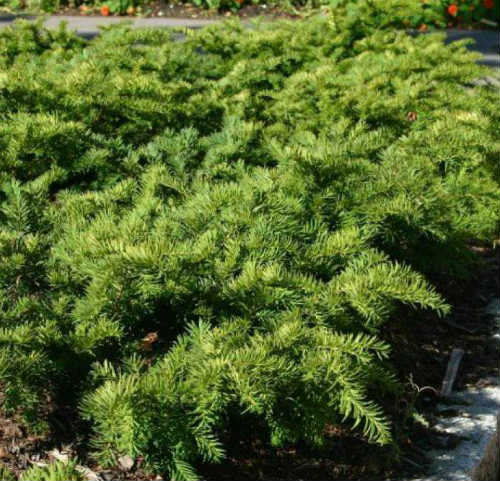

Summergold (summergold)
One of the most beautiful and most common representatives of mahogany, this perennial shrub is popular with landscape designers due to its high decorativeness and unpretentiousness. These shrubs are used in landscape design both in single and in group plantings. Best of all, yew berry summergold is combined with junipers or dwarf spruce species.
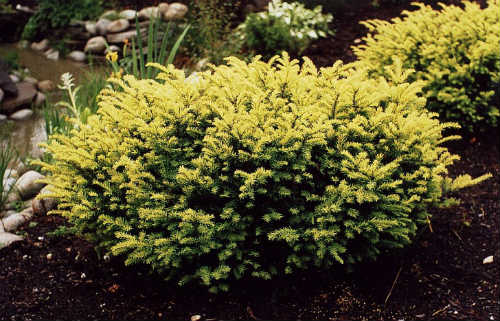

Use in landscape design


Yew grows well both singly and in groups. They can simply be planted on the site, supplemented with rock gardens, mixborders. Fences and sculptural compositions from berry yew look original. Shrubs are also used to decorate labyrinths.
Conifers of other types will be the best neighbors for them. The yew berry mix with juniper, Silberlock fir or thuja looks great. It is combined with rhododendrons, deciduous, fruit trees.
Medicinal properties and application
Separately, you should talk about the medicinal properties of yew and its use. Since the harvested raw materials are poisonous, most of the preparations based on it are used only externally.
Due to its decorativeness, yew is actively used in landscape design. Specialists, pruning the bushes several times a season, give the bushes and trees a variety of shapes. One of the most frequently used in landscaping park areas is the Yagodny David yew.
The wood of this plant is very durable, so it was actively used for the production of furniture. As a result, the mahogany was on the verge of extinction and is listed in the Red Book as an endangered species. The main reason that this plant is on the verge of extinction is the slow growth of trees and shrubs from the genus of yew.
Care
Young plants in the first year after planting are regularly watered, spending up to a bucket of water per bush. Adult yews are content with natural precipitation.
Top dressing is carried out once a year - in spring, with full mineral fertilizer for conifers.
In early spring, the needles of the yew tree can suffer from the burning March sun. To protect the plant, it is wrapped in light lutrasil or other light material in the fall.
For the winter, the berry yew does not require shelter, only young plants are sprinkled with peat or sawdust.
Sprawling crowns can break under the weight of the snow covering them. Bushes with especially lush branches for the winter are tied in bunches.
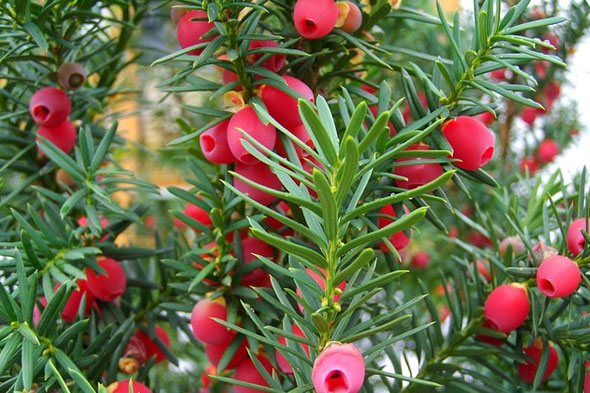

The plant tolerates a haircut perfectly. The obligatory pruning procedure takes place in the spring, when damaged and weak branches are removed. Formative pruning and pinching can be done throughout the summer.
Why is yew useful?
It is well known that many poisons in large quantities are fatal to humans, and in small quantities they are excellent medicines. So, raw mahogany is added in small quantities in the production of painkillers, anti-inflammatory drugs, as well as anesthetics.
And if when taking such drugs orally, one should be careful and adhere to the doses indicated in the instructions, then for external use drugs based on this plant are widely used.
From the needles, infusions or decoctions are prepared, lotions on the basis of which help in the treatment of gout, relieve rheumatic pain in the joints. Also, lotions and compresses based on berry yew are used in the treatment of many skin diseases:
- dermatitis;
- scabies;
- mycosis of the skin.
Plant propagation on the site
Reproduction of yew berry in the open field can be carried out by cuttings or seeds. It will take at least 1.5 years to grow seedlings from seeds. First, find the berries.They need to be plucked in the fall:


It is very important to observe the regime of watering the yew berry
- Peel off the pulp. Dry.
- Stratify. To do this, store in a low humidity and temperature of about +5 ° C.
- After a year, the seeds can be sown in fertile and loose soil, under a film. The soil in the pot must be covered with a layer of pine needles.
With this care, about 70% of the seeds should sprout by the spring. Without stratification, the seedlings will have to wait at least three years. But instead of this procedure, you can use chemical treatment for seed reproduction: pour it for 30 minutes. sulfuric acid and then rinse vigorously. It is permissible to use both methods at once.
To get a cutting suitable for propagation at the beginning of autumn, find an adult branch and cut it into 15-20 cm segments.At least 3 shoots should remain on each. Peel off the needles from the lower end of the twig and place it in a container. The soil is peat, sand and crushed coniferous bark. In the coming spring, the trees can be rooted. In the open field, they will grow in 7 years, in a greenhouse in 5.
Advice. For accelerated reproduction and cultivation, cuttings are advised to be treated with a root stimulant before planting.
Chemical composition, toxicity
On the basis of research, it was revealed that the composition of plant raw materials includes:
- poisonous alkaloids (taxin, ephedrine, taxicanthin);
- malosein;
- vitamins (E, K);
- terpenoids;
- taxifylline;
- lignans;
- tannins;
- derivatives of phenols;
- flavonoids;
- anthocyanins;
- fatty acid;
- higher alcohols and carbohydrates.
Some of the listed substances are poisonous, so doctors do not recommend taking drugs based on poisonous yew without first consulting with specialists.
Diseases and pests
Let's start with the sucking pests that affect all the trees in the garden, including the yew. If you see dry dull or yellow needles, and the tree itself has a depressed appearance, then it is worth checking the plant for pests. Yew can be infected by ticks, scale insects, aphids or bedbugs. Fight insects in early spring before bud break. The entire tree is treated with broad spectrum insecticides to keep it safe from the most popular parasites.
- Gnawing pests
If a spruce leafworm has settled on your tree, then with medium gusts of wind the crown becomes bare, the needles fall off in large quantities. On examination, you can see that the needles are kept on the cobweb, and the whole tree is occupied by small caterpillars. The fight begins with multiple treatment of all shoots with soapy water, after which the heavily affected branches are removed and burned. In the case of mass infection, targeted chemicals are used, which are designed to destroy the spruce leaflet.
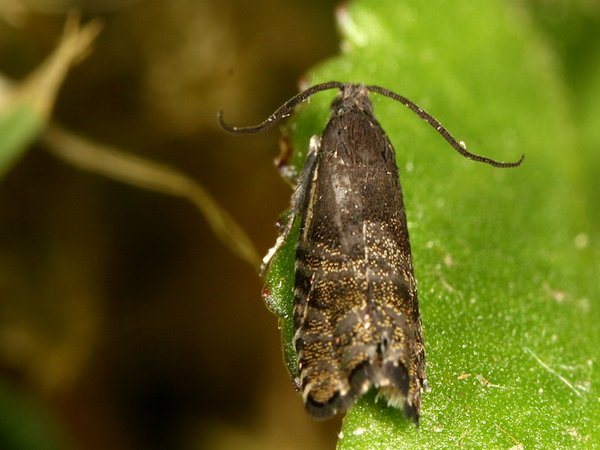

- Pine scoop
In May, the needles begin to thin out, buds and shoots are eaten away or beaten. A weakened tree suffers greatly, especially in dry weather. It can also be affected by other pests. It is best to fight the pest with biological products that are used to process the planting before bud break. Insecticides are only applicable if the yew is removed from fruit trees or vegetable crops.
We turn to diseases that are most often caused by improper planting or lack of tree care.
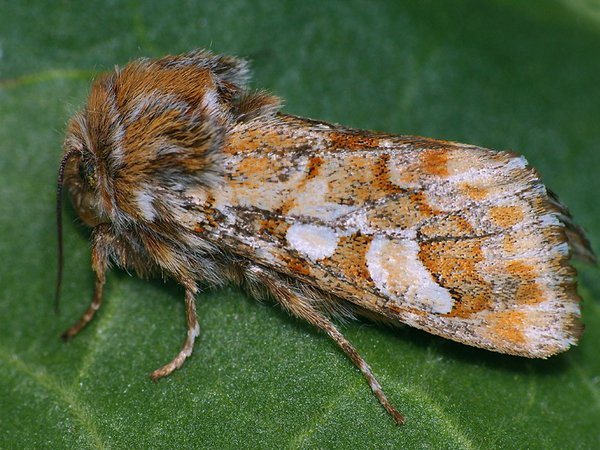

- Brown shute
Fungal disease that occurs with a strong planting density or excessive moisture. The fungus infects all coniferous plants, because of which it can "creep" over the entire area. Diseased shoots are covered with a black mycelium, which initially looks like a thin web. It is worth noting that the affected needles do not crumble for a long time, which is why many owners do not attach much importance to this disease. To combat the fungus, biological products or fungicides are used. You should also eliminate the cause of the onset of the disease - reduce humidity and thin out the crown.
- Fusarium
Affected young plants have brown needles that quickly fall off. A fungal disease that occurs due to moisture retention. The reason can be both excessive watering and clayey soils or lowlands. Lack of treatment leads to root rot and death of the plant. Fusarium is treated with antifungal drugs - targeted fungicides.
Did you know? Yew was exterminated because of its "eternal" wood, which has bactericidal properties. Wood is able to purify the air from pathogens, so it was massively used to build houses.
Side effects and contraindications of berry yew
Foliage, shoots and other aerial parts of fastigiatus aurea and other varieties of berry yew are dangerous for people and animals. Ephedrine, which is part of them, causes an increase in heartbeat, increases arousal, increases blood pressure.
Signs of poisoning
- nausea;
- bouts of vomiting;
- general weakness;
- sudden bouts of drowsiness;
- breathing is difficult.
Medicines containing any part of this shrub should not be taken without consulting a healthcare professional. Symptoms of poisoning with this plant are similar to those of the flu.
It should be remembered: if, in case of poisoning with drugs containing the raw materials of this plant, you do not rinse the stomach in time and do not seek medical help in time, a lethal outcome is inevitable.
There is enough sun and warmth.
Yew is very shade-tolerant, but it grows well in the open sun. By the way, when shaping, a uniform and dense crown can only be achieved in open places. In terms of frost resistance, it belongs to zone No. 5, with a winter minimum of -29 degrees. It follows from this that a stable yew culture is possible only south of Moscow, starting from the Chernozem region. But I note that this applies to the yew as a whole, and not to its individual varieties and clones. In the botanical gardens of Moscow, there have long been very winter-hardy yews, which not only overcome our frosts, but also regularly produce abundant germinating fruits. I have seen frost-resistant yews in Ivanovo and Yaroslavl regions. In our collection there are now about 7 varieties and forms of yew, and all of them winter well. Perhaps this is a consequence of their small age and size, but so far the future of plants does not cause any concern. I note that even vertically growing yew trees grow well, the crowns of which are not hidden by snow in winter. Squat varieties overwinter just perfectly, without any damage. In the summer of 2009, after a mild winter that preceded this, all our yews (the oldest of which was 11 years old) bore unusually abundant fruit, which refuted the book's statement that their fruiting age does not occur earlier than 20 years.
How to prepare and store medicinal raw materials
The needles of this plant are used for medicinal purposes. All parts of this shrub are deadly poisonous, except for the berries. Therefore, the prepared raw materials are used only for external use.
During the summer season, needles are collected from the bushes and dried on open terraces or verandas in the shade. Dried raw materials should be stored in glass containers with a tightly closed lid. Place these jars in a dark, dry place. Harvested raw materials (due to their toxic properties) should be stored separately from other medicinal herbs.
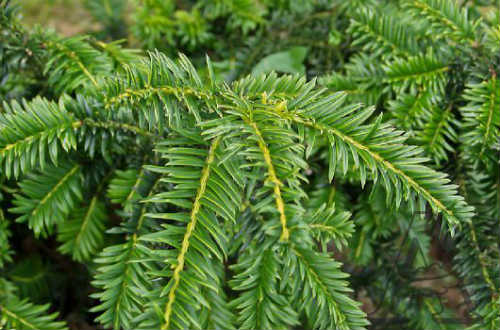

Beautiful bushes and trees of yew berry will decorate any square or summer cottage. They can be cut into the most unusual shapes. But it should be remembered that you should eat yew berries, as well as needles, only after consulting with specialists.
Reproduction methods
Berry yew can be sown by seed and planted by cuttings.
Sow it before winter, in October, using fresh seeds. Spring sowing, even after stratification, shows the worst results.
A simpler method is vegetative propagation. Twigs are used for grafting, at the age of 3-4 years. They are cut from the plant in October, cutting off a 20 cm long stalk.The twigs, with the bottom part cleared of needles, are placed in pots filled with a mixture of peat and sand (perlite). For better survival, plantings are spilled with a solution of heteroauxin or root and kept indoors, at a temperature of + 14 ... + 16 degrees and moderate watering. In spring, rooted yew seedlings are planted in the garden.

